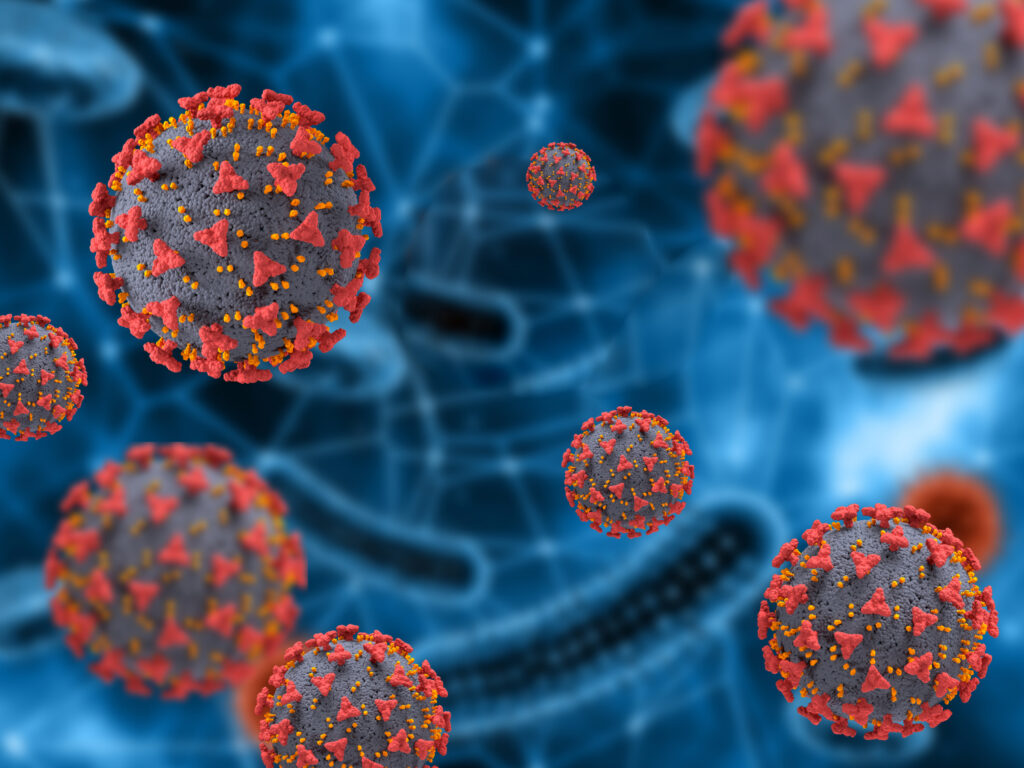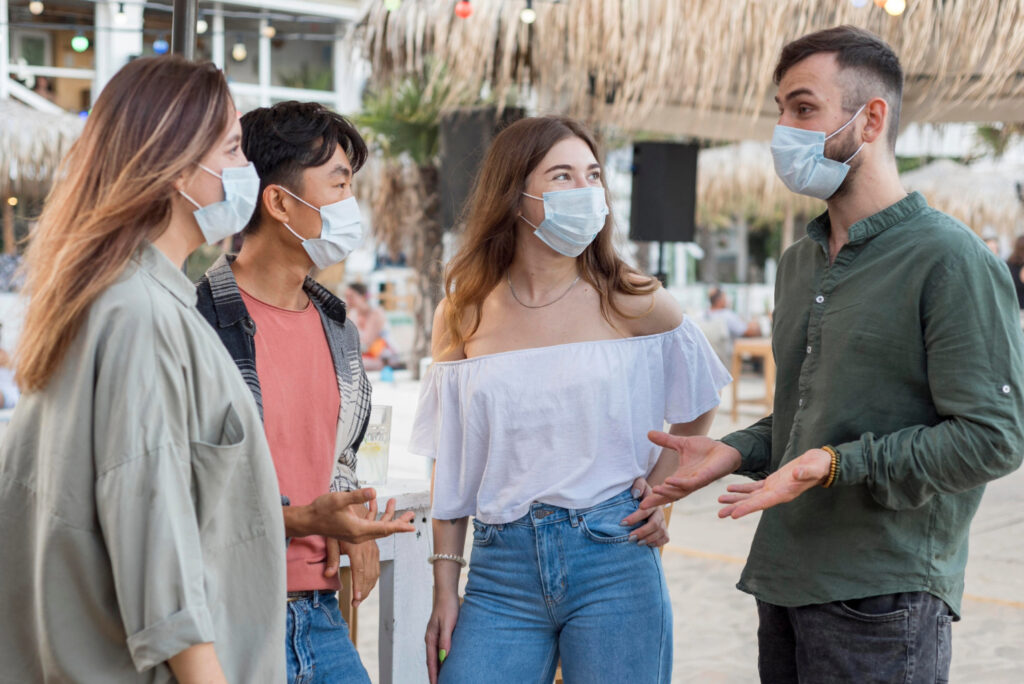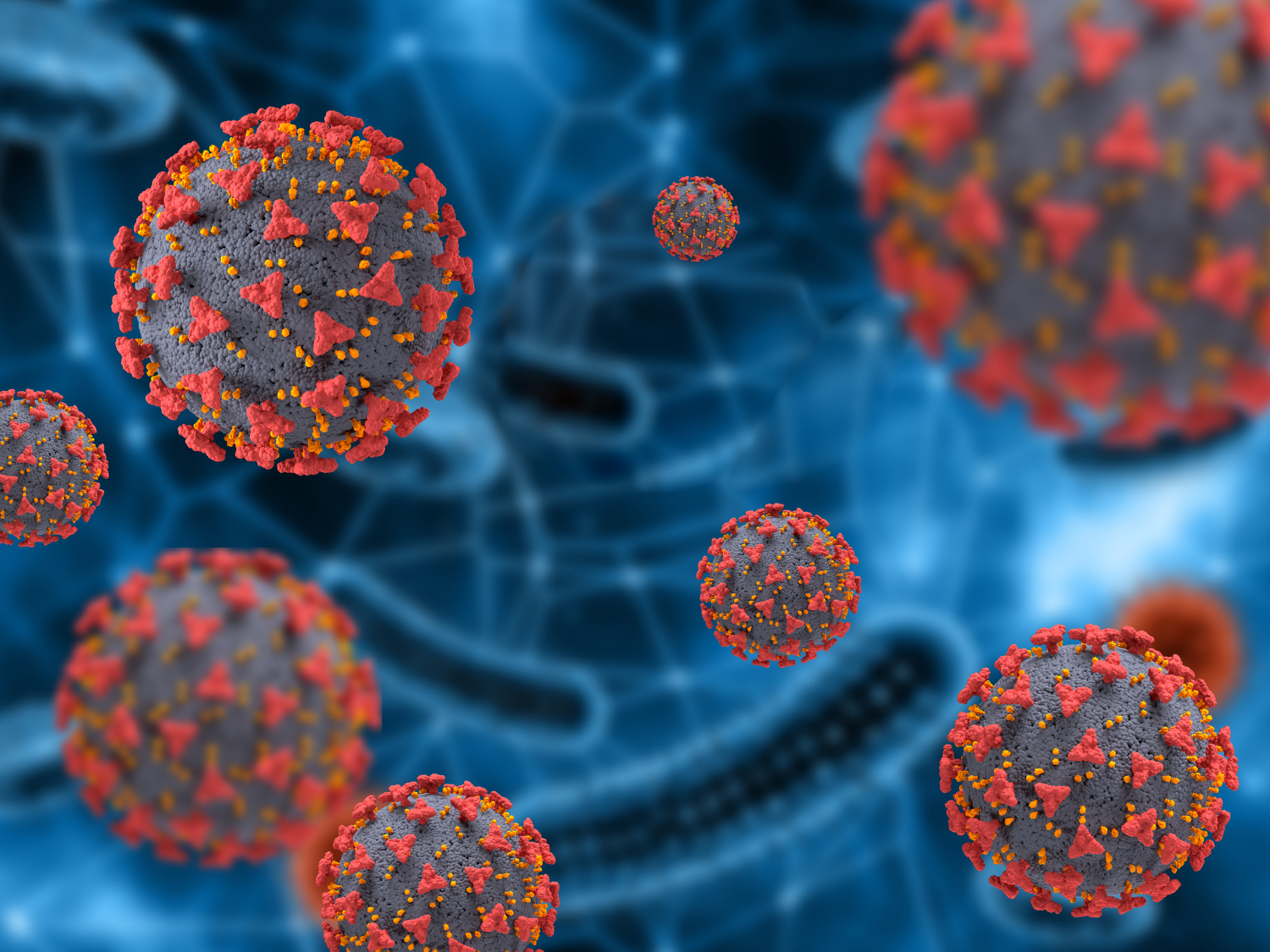- superadmin
- 0 Comments
HMPV Virus Outbreak: Symptoms, Spread, and Safety Tips
The recent surge of the Human Metapneumovirus (HMPV) in China has ignited global health concerns, reminding the fears once felt during the COVID-19 pandemic. As new cases emerge, it’s essential to grasp what HMPV entails, recognise its symptoms, understand how it spreads, and adopt effective safety measures to safeguard yourself and those around you.
This comprehensive guide offers all the vital information you need to confidently navigate the current HMPV outbreak.

- What is HMPV?
Human Metapneumovirus (HMPV) is a respiratory virus first identified in 2001. It predominantly targets the respiratory system, causing infections akin to those from the Respiratory Syncytial Virus (RSV) and various influenza strains.
While HMPV can impact individuals across all age groups, it poses particular risks to:
Young children
Elderly individuals
People with compromised immune systems
Those with chronic respiratory illnesses.
- Symptoms of HMPV Infection
HMPV infections can vary from mild to severe. Early recognition of symptoms is crucial for timely intervention and to prevent further transmission. Common symptoms include:
Runny or stuffy nose
Persistent coughing
Frequent sneezing
Fever
Sore throat
Headaches
General fatigue
Shortness of breath
In more severe instances, especially among high-risk groups, HMPV can escalate to pneumonia or bronchiolitis, necessitating hospitalisation.

How Does HMPV Spread?
Understanding how HMPV spreads is key to curbing its transmission. The virus propagates through:
Respiratory Droplets: When an infected individual coughs or sneezes, droplets laden with the virus are expelled into the air, potentially inhaled by nearby people.
Direct Contact: Shaking hands or touching surfaces contaminated with the virus, followed by touching the face (eyes, nose, mouth), can facilitate transmission.
Contaminated Objects: Items such as doorknobs, toys, and utensils can harbour the virus, making communal environments like schools, hospitals, and public transport prime spots for its spread.
HMPV is highly contagious and can remain viable on surfaces for several hours, increasing the risk of transmission in densely populated areas.
HMPV in India: Current Situation
While there hasn’t been a major outbreak of HMPV in India yet, isolated cases have been reported, including two infant cases in Bangalore. Notably, these infants had no travel history, suggesting potential local transmission. This has raised concerns among healthcare professionals about the virus’s silent spread within communities. Experts stress the importance of proactive monitoring and raising public awareness to prevent further escalation. Given the similarities in symptoms with other common viruses like influenza and RSV, misdiagnosis is a risk, particularly during peak flu seasons. India’s healthcare system must prioritise diagnostic testing and preparedness to avoid unnecessary strain on medical infrastructure, especially during seasonal health crises.
Diagnosing HMPV
Early and precise diagnosis is vital for managing HMPV infections. Diagnostic methods include:
Clinical Evaluation: Healthcare providers assess symptoms and review medical history.
Laboratory Tests: Polymerase Chain Reaction (PCR) tests are commonly utilised to detect HMPV’s genetic material.
Imaging: In severe cases, chest X-rays or CT scans may be conducted to identify pneumonia or other complications.
If you suspect an HMPV infection, consulting a healthcare professional is essential for accurate diagnosis and appropriate treatment.
Treatment for HMPV
Currently, there are no specific antiviral treatments available for HMPV. Management focuses on alleviating symptoms and supporting the immune system. Treatment strategies include:
Rest and Hydration: Ensuring adequate rest and fluid intake helps the body combat the infection.
Over-the-Counter Medications: Pain relievers and fever reducers can ease discomfort.
Oxygen Therapy: In severe cases involving respiratory distress, supplemental oxygen may be necessary.
Hospitalisation: High-risk individuals with severe symptoms may require hospital care.
Preventative measures remain the most effective approach against HMPV, given the limited treatment options.

Preventing the Spread of HMPV
Implementing robust prevention strategies is crucial to limiting the spread of HMPV. Consider the following safety tips:
Personal Hygiene
Hand Washing: Wash your hands thoroughly with soap and water for at least 20 seconds, especially after coughing, sneezing, or touching potentially contaminated surfaces.
Hand Sanitiser: Use an alcohol-based hand sanitiser when soap and water are unavailable.
Avoid Touching Face: Refrain from touching your eyes, nose, and mouth to prevent the virus from entering your body.
Respiratory Etiquette
Cover Coughs and Sneezes: Use a tissue or the inside of your elbow to cover your mouth and nose when coughing or sneezing.
Dispose of Tissues Properly: Immediately discard used tissues in a sealed bin.
Social Measures
Physical Distancing: Maintain a safe distance from individuals exhibiting respiratory symptoms.
Limit Gatherings: Avoid large gatherings, particularly in enclosed spaces, to reduce transmission risks.
Stay Home if Unwell: If you display symptoms of HMPV, self-isolate to prevent spreading the virus to others.
Environmental Cleaning
Disinfect Surfaces: Regularly clean and disinfect frequently-touched surfaces like doorknobs, light switches, and electronic devices.
Ventilation: Ensure proper ventilation in indoor areas to decrease the concentration of airborne viruses.

Vaccination and Medical Advice
Stay Informed: Keep up-to-date with health advisories and recommendations from reliable health authorities.
Seek Medical Guidance: Consult healthcare professionals for advice on managing symptoms and preventing complications.
HMPV vs. COVID-19: Key Differences
While HMPV and COVID-19 share similarities in symptoms and transmission methods, there are notable distinctions:
Severity: COVID-19 generally has a higher mortality rate and can lead to more severe complications compared to HMPV.
Incubation Period: COVID-19 typically has a longer incubation period (2-14 days) versus HMPV’s (3-6 days).
Vaccines Available: Multiple vaccines have been developed for COVID-19, whereas specific vaccines for HMPV are still under research.
Understanding these differences aids in tailoring appropriate prevention and treatment strategies for each virus.
Conclusion
The HMPV virus outbreak underscores the enduring threats posed by respiratory viruses. By understanding the symptoms, transmission modes, and implementing comprehensive safety measures, individuals and communities can effectively combat the spread of HMPV. Staying informed and proactive in adopting preventive strategies will be key in navigating this health challenge.
For more information and updates on the HMPV outbreak, visit Adarsha Multi Speciality Hospital, Karimnagar.
